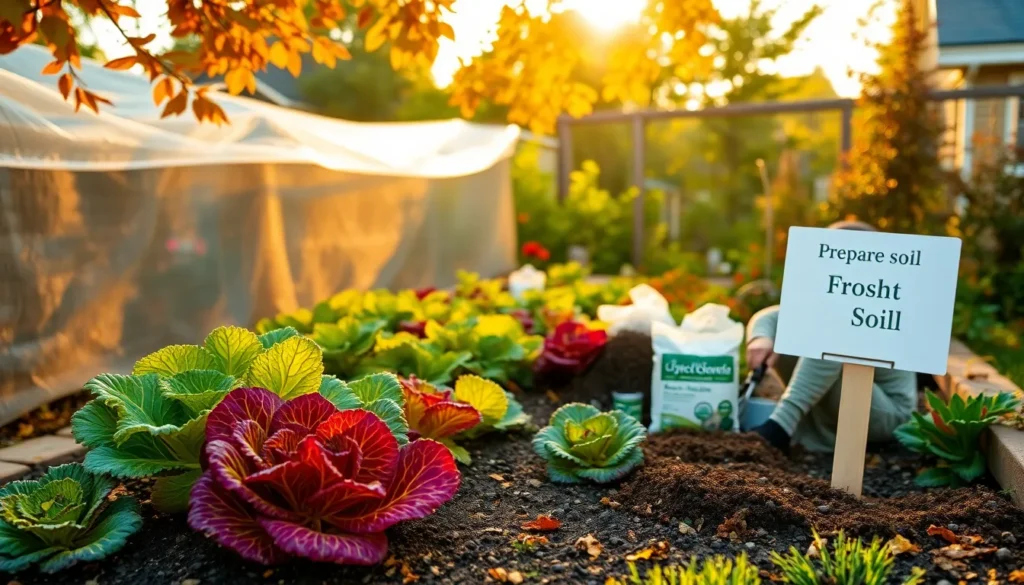As the vibrant greens of summer give way to the warm hues of autumn, it’s time to embrace the unique opportunities that fall gardening brings. Whether you’re a budding gardener just getting your hands dirty or a seasoned horticulturist with years of experience, the garden still holds magic in these cooler months. “10 Easy Fall Gardening Tips” is your passport to a thriving garden, promising both beauty and bounty as the leaves begin to fall.
This guide is more than just a collection of tips; it’s an invitation to discover the joy and rewards of seasonal gardening. With practical advice tailored for both novices and experts, you’ll find easy-to-implement techniques that can transform your outdoor space into an autumnal haven. Let the crisp air invigorate your gardening spirit and give you the confidence to nurture your plants through the changing seasons. Together, let’s uncover the secrets of a flourishing fall garden that will leave you proud and eager to welcome the harvest.
Clean Up Fallen Leaves
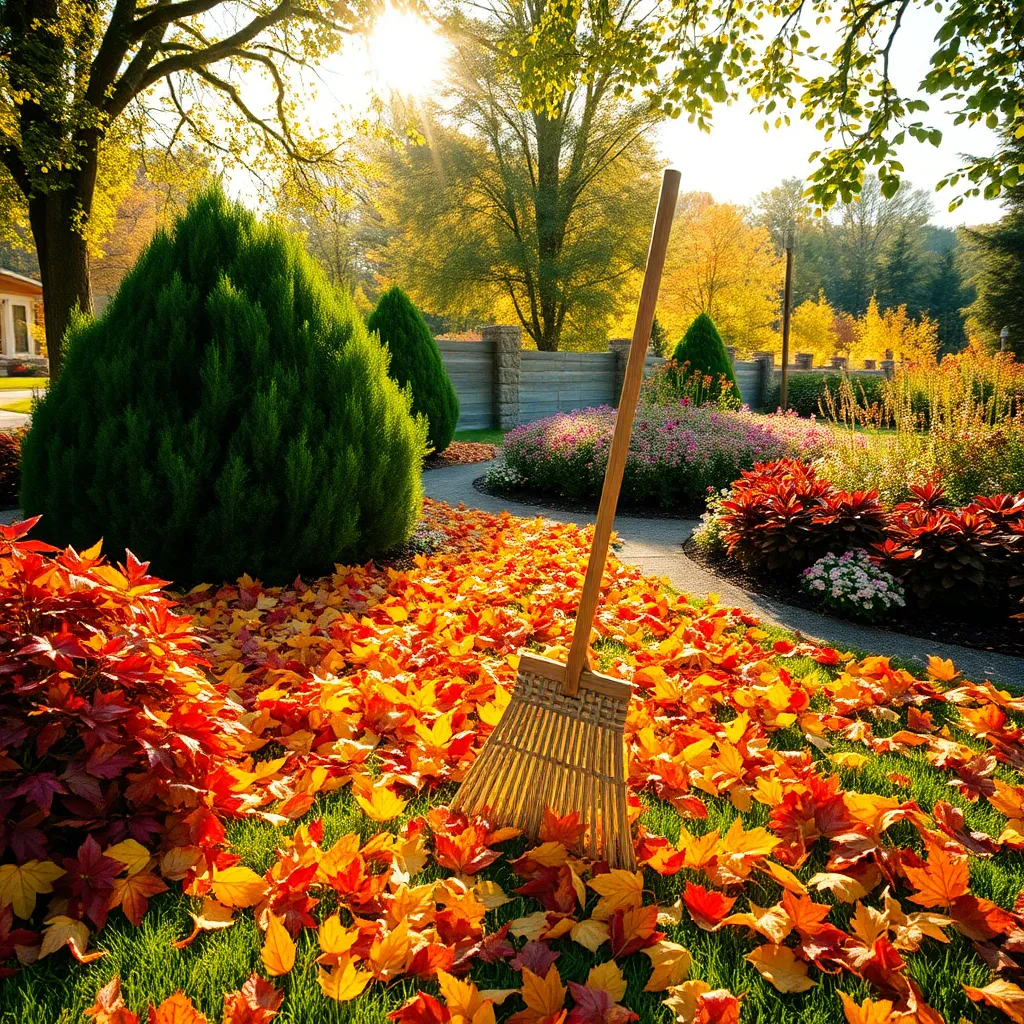
As fall arrives, it’s important to address the blanket of fallen leaves covering your garden. Regularly removing leaves helps prevent diseases and pests that can overwinter in the debris, ensuring a healthier start come spring.
Use a rake or leaf blower to gather leaves into manageable piles. Once collected, consider composting them as they are a rich source of nutrients that will enrich your soil.
For those new to gardening, you can simply create a compost pile in a corner of your yard. Advanced gardeners might use a compost bin, which speeds up the decomposition process by retaining heat and moisture.
After clearing the leaves, apply a layer of mulch around your plants to protect their roots from freezing temperatures. Mulch also helps retain soil moisture and suppresses weeds, offering multiple benefits with one simple action.
Plant Cold-Resistant Vegetables
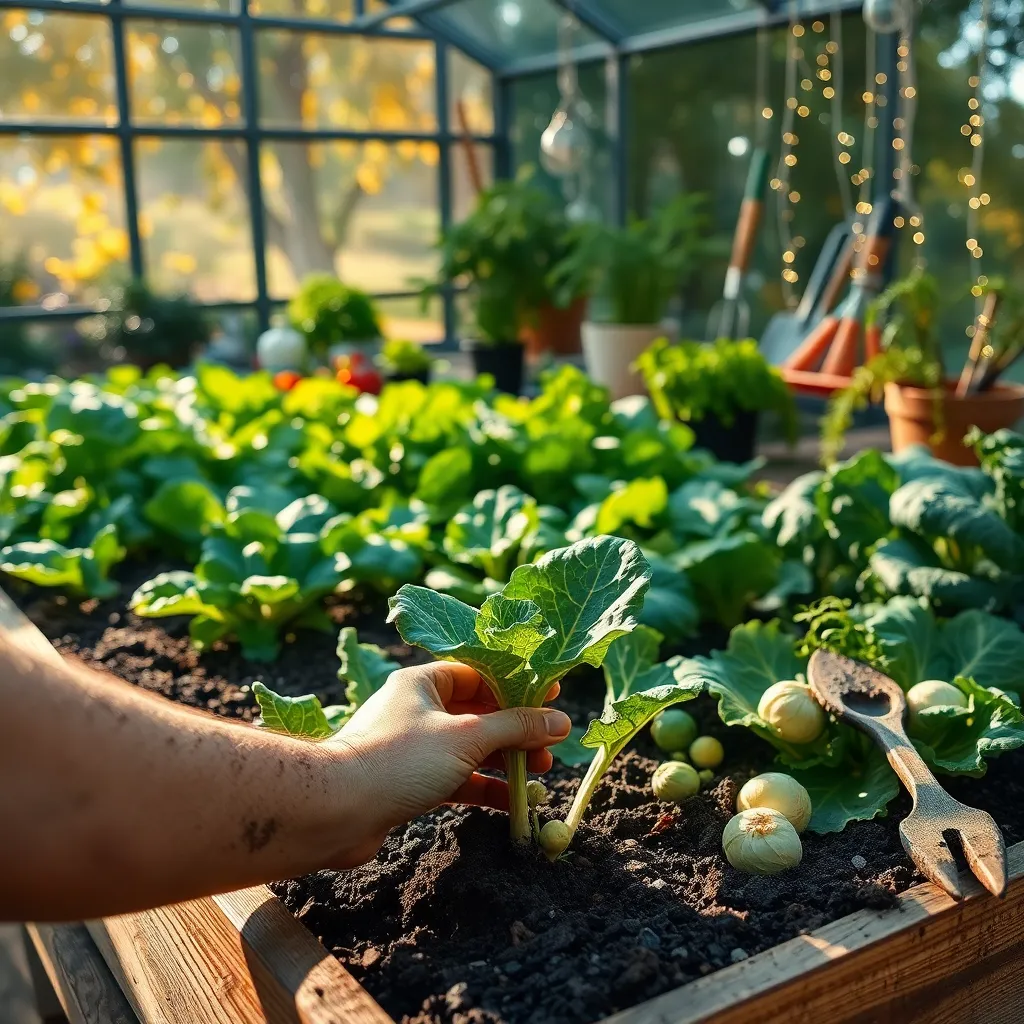
Cold-resistant vegetables offer a rewarding harvest during the chilly months and are perfect for fall planting. Consider adding hardy varieties like kale, spinach, and Brussels sprouts to your garden, as they thrive in cooler temperatures and can withstand light frosts.
To give these vegetables the best start, prepare your soil by incorporating plenty of organic matter, such as compost, to improve drainage and fertility. Opt for a spot that receives at least six hours of sunlight daily, as even cold-resistant plants need ample sunlight to flourish.
Once planted, keep the soil consistently moist but not waterlogged; aim to water deeply once a week unless rainfall is sufficient. Using mulch will help retain soil moisture and regulate temperature, providing a more stable environment for these resilient plants.
Advanced gardeners might try extending the growing season by using row covers or cold frames, which protect plants from extreme weather and allow for earlier planting. Monitoring soil temperature is also crucial; planting when the soil is too warm may lead to poor germination, so wait until temperatures cool down to around 45-50°F (7-10°C).
Mulch to Protect Roots
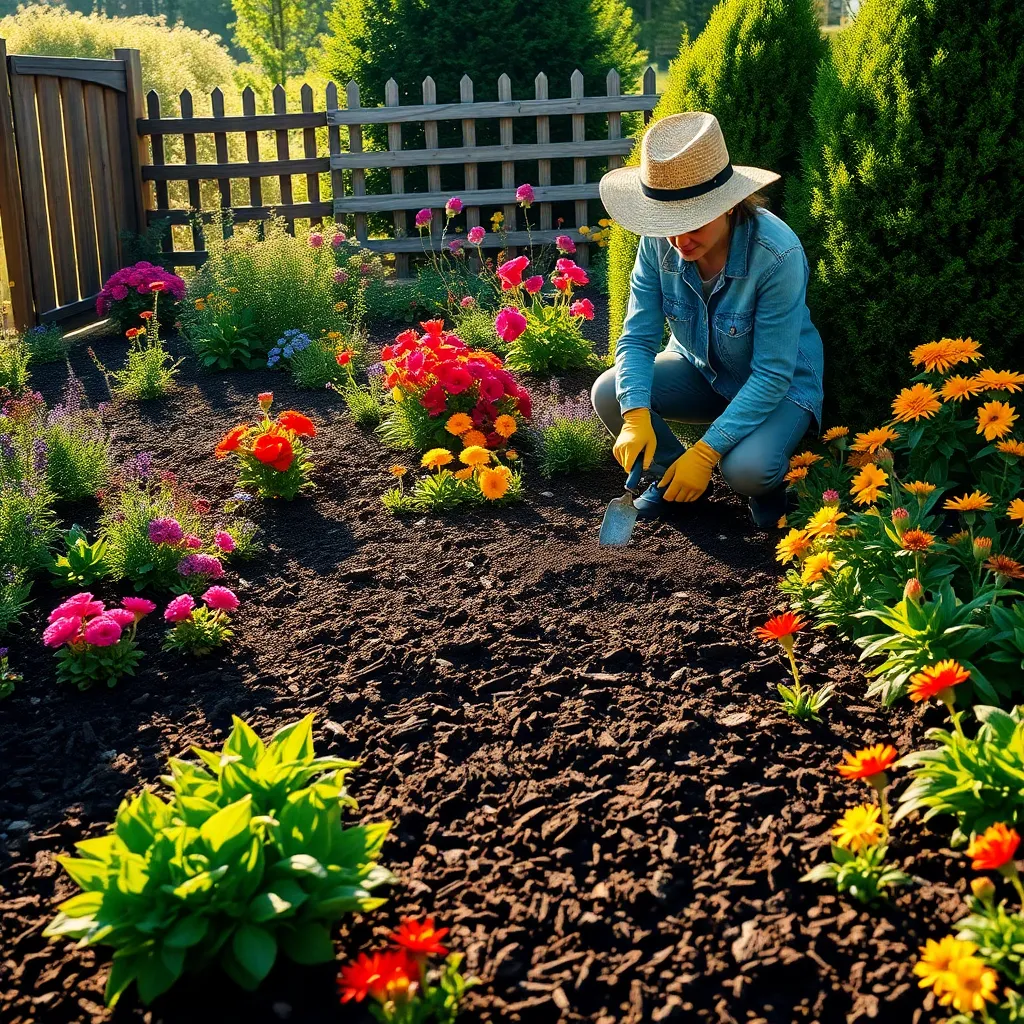
Applying mulch is an excellent way to protect plant roots during the fall and winter months. It helps to regulate soil temperature, keeping roots warm and preventing frost heave, which can damage plants.
Choose a natural mulch, such as shredded leaves, straw, or wood chips, for its ability to decompose gradually and enrich the soil. Spread a layer about 2 to 4 inches thick around the base of your plants, ensuring it doesn’t directly touch stems or trunks to prevent rot.
For gardeners in regions with heavy rainfall, using mulch also helps with water retention by reducing evaporation and minimizing soil erosion. In drier climates, consider watering the soil thoroughly before applying mulch to lock in essential moisture for the roots.
Advanced gardeners might experiment with living mulches, such as low-growing cover crops, to provide ongoing organic matter and additional insulation. These living mulches can be tilled into the soil in the spring to further enrich the ground and prepare for the next growing season.
Prune Dead or Diseased Branches

Pruning dead or diseased branches in the fall is crucial for maintaining healthy plants. This practice not only helps prevent the spread of disease but also encourages new growth and improves air circulation.
Identify branches that are discolored, wilting, or have visible signs of disease such as cankers or fungal growth. Use a clean, sharp pair of pruning shears to make clean cuts, ensuring the tool is sanitized between cuts to avoid spreading any pathogens.
When pruning, make your cuts at a slight angle just above a healthy bud or branch junction. This technique promotes healing and reduces the risk of water accumulating on the cut surface, which could lead to rot.
For beginners, focus on removing dead wood and any obviously diseased parts, as this is a simple yet effective way to learn the basics of pruning. More experienced gardeners can shape plants to control their size and direct energy to healthier sections, which can result in more vigorous blooms or fruit in the next growing season.
Divide and Replant Perennials
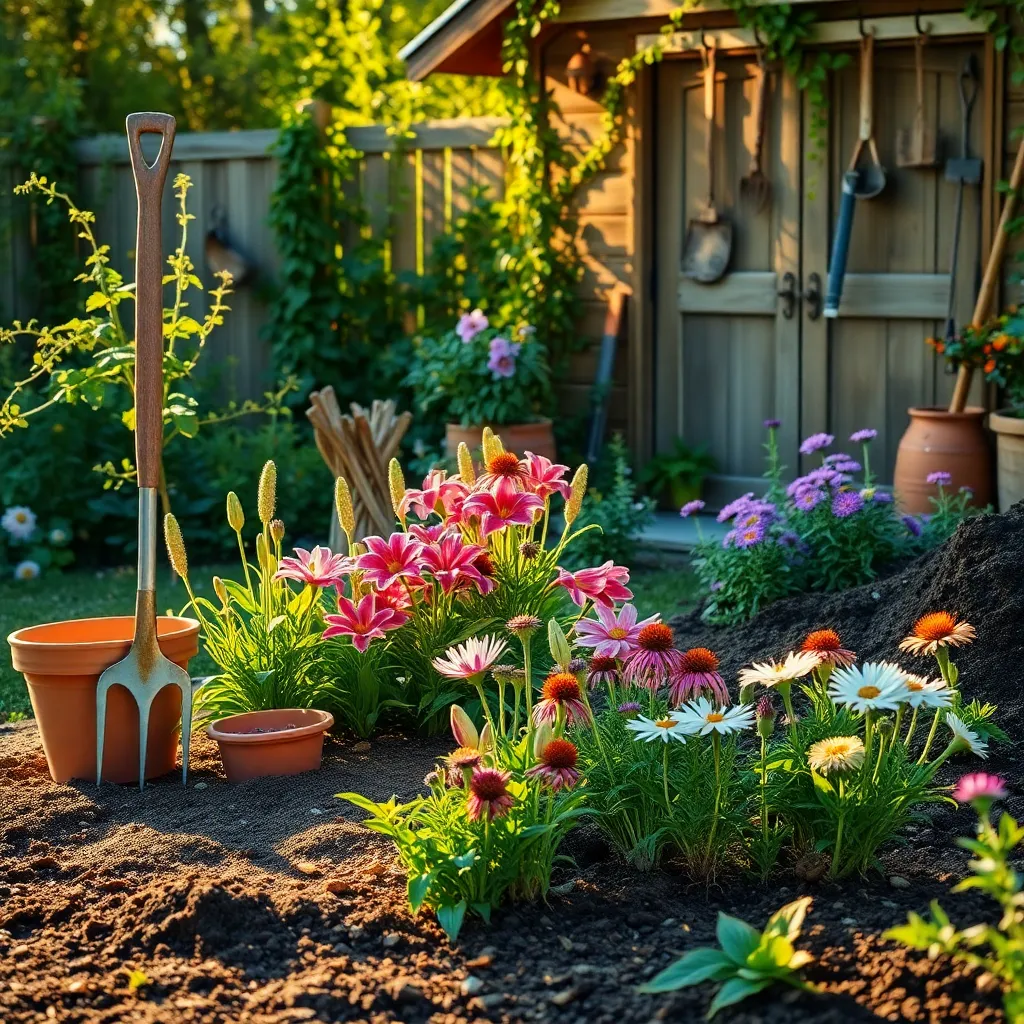
Dividing and replanting perennials in the fall is an essential task to keep your garden thriving. This practice not only rejuvenates plants but also helps maintain their vigor and productivity.
Start by selecting perennials that have outgrown their space or have diminished blooms. These signs suggest that plants like daylilies and hostas are ready for division.
To begin, gently dig around the plant, ensuring you lift the entire root ball. Use a sharp spade or garden knife to divide the root clump into smaller sections, each with a few healthy shoots and roots.
Replant the divisions promptly in well-prepared soil, ensuring the crown is level with the soil surface. Water thoroughly to help them settle in, and apply a layer of mulch to retain moisture and suppress weeds.
For more experienced gardeners, consider dividing at least once every three to five years to prevent overcrowding. Doing so encourages more robust blooming and healthier plants in the following growing season.
Aerate Your Lawn Thoroughly
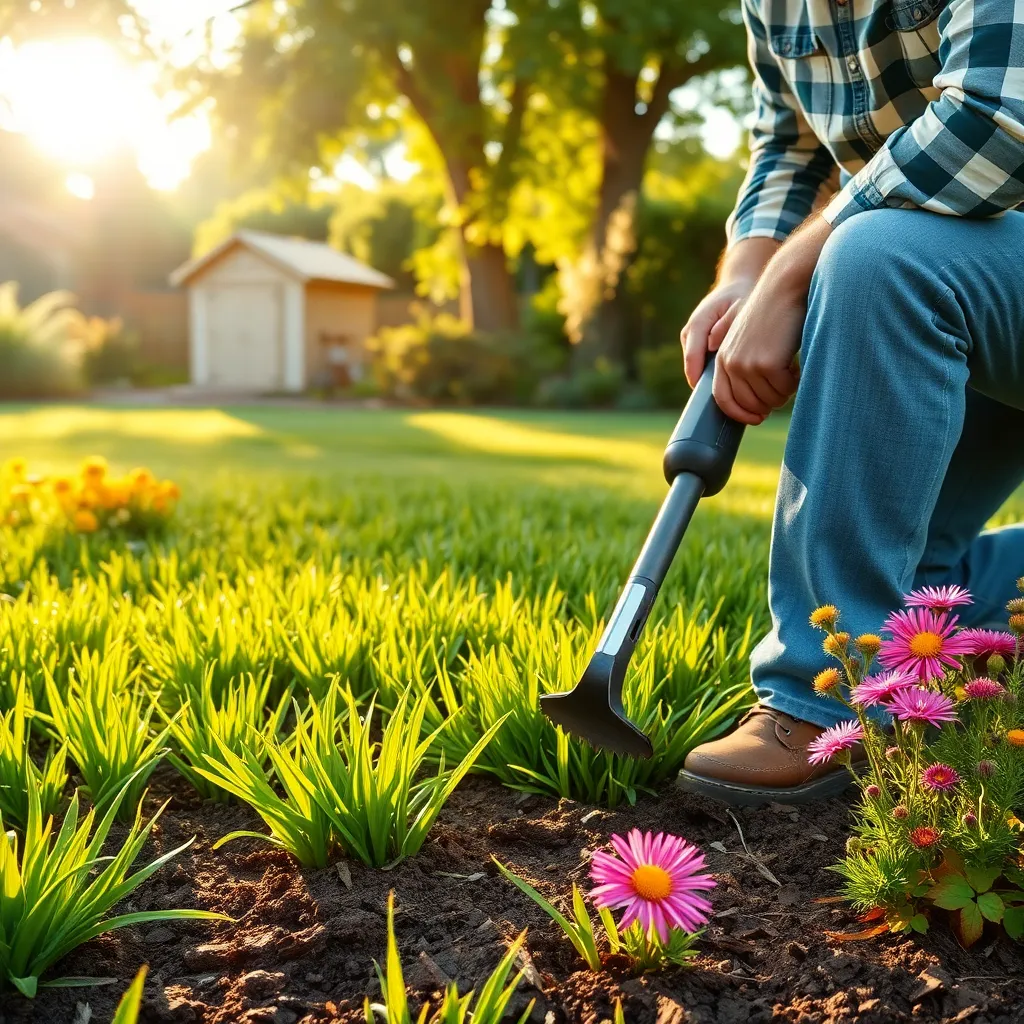
To maintain a healthy and lush lawn, it’s essential to aerate it thoroughly every fall. Aeration involves perforating the soil with small holes to allow air, water, and nutrients to penetrate the grass roots deeply.
Choose a day when the soil is moist but not waterlogged, as this will make the process more effective and manageable. If you don’t own an aerator, consider renting one from a local garden center, as it can save time and effort.
For beginners, a manual aerator tool or aerating shoes can be a cost-effective option for small lawns. Simply walk over your lawn, ensuring even coverage, and focus on areas with heavy foot traffic as they tend to compact more easily.
Experienced gardeners might opt for a mechanical core aerator, which removes soil plugs and provides deeper aeration. After aerating, it’s advisable to spread a thin layer of compost over the lawn to enhance soil quality and encourage robust grass growth.
Start a Compost Pile
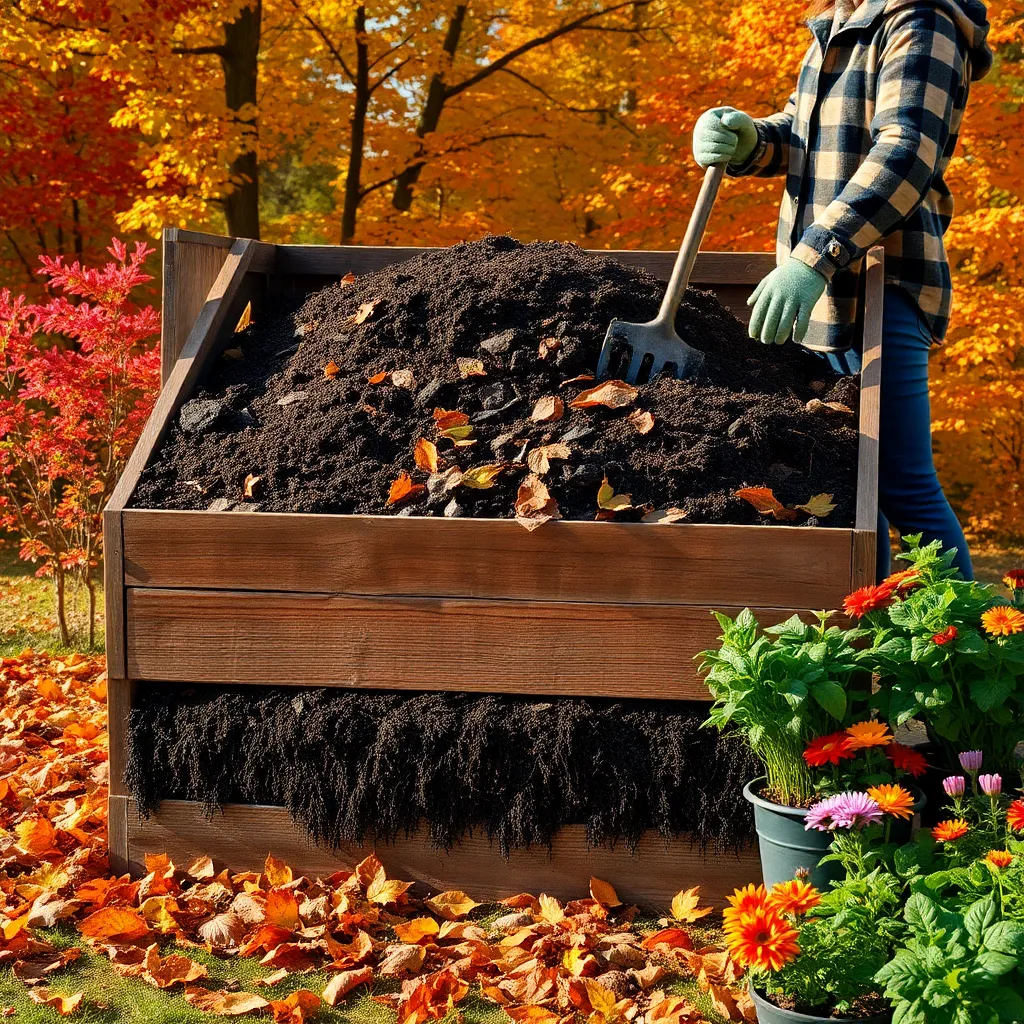
Fall is the perfect time to start a compost pile, taking advantage of the abundance of fallen leaves and garden waste. Choose a spot in your yard that is convenient yet not too close to your house, ensuring it’s accessible throughout the year.
Begin by gathering a balanced mix of “green” and “brown” materials to create nutrient-rich compost. Green materials include kitchen scraps like vegetable peelings and coffee grounds, while brown materials consist of dry leaves, straw, and small branches.
Layer these materials in your compost bin, aiming for a 2:1 ratio of browns to greens to maintain the right moisture level and promote decomposition. Turn the pile every few weeks to aerate it, which helps speed up the composting process and prevents odors.
Keep your compost pile moist, similar to a wrung-out sponge, especially during dry spells. If you notice the pile is too dry, add some water; if it’s too wet, add more brown materials to absorb excess moisture.
More experienced gardeners can experiment by adding compost accelerators or using a compost thermometer to monitor the internal temperature. These techniques can ensure your compost breaks down efficiently, providing rich organic matter for your garden in the spring.
Plant Spring-Flowering Bulbs
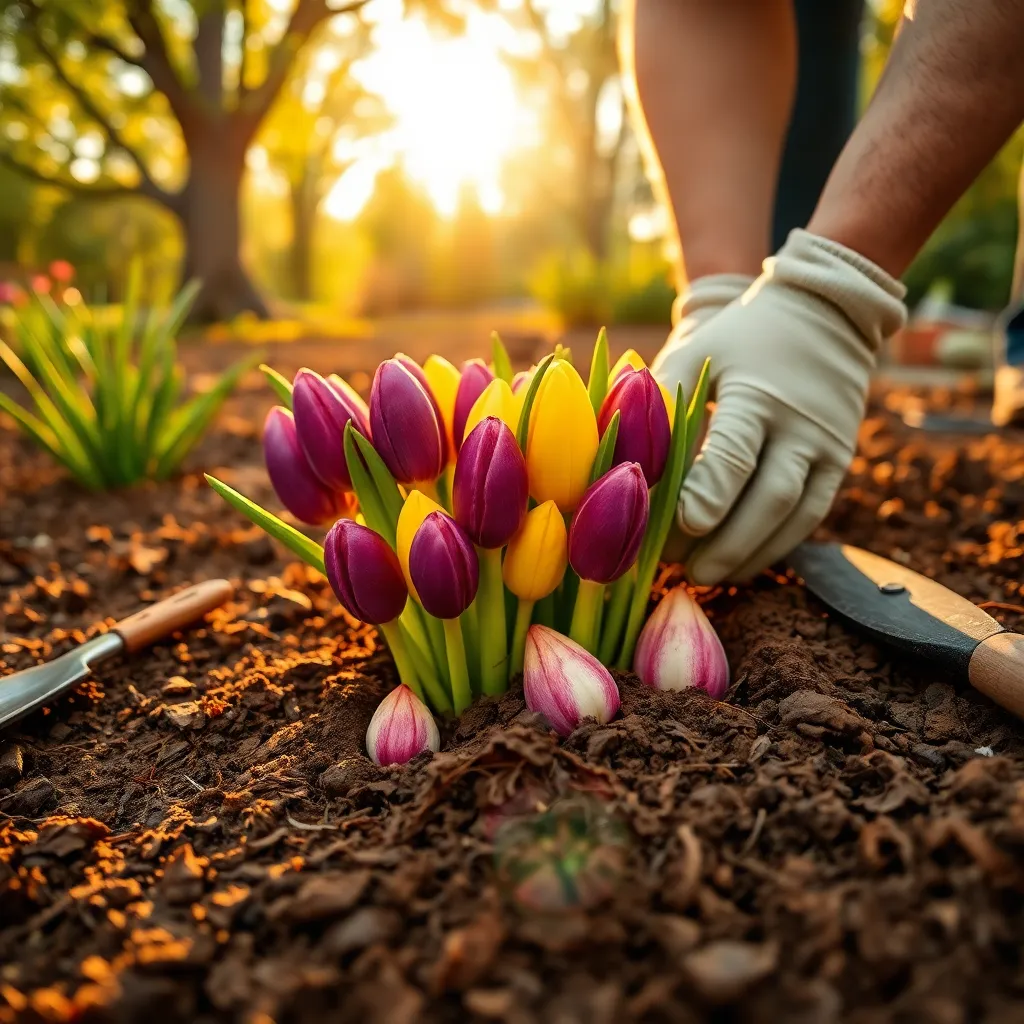
Planting spring-flowering bulbs in the fall is a rewarding task that sets the stage for vibrant blooms after winter. To get started, choose bulbs like tulips, daffodils, and crocuses that are known for their resilience and beauty.
Ensure the soil is well-drained, as bulbs are prone to rot in overly wet conditions. Loosen the soil to a depth of about 12 inches and mix in some compost to improve drainage and fertility.
Plant bulbs at a depth of two to three times their height, with the pointed end facing upward. Space them according to the instructions on the package, typically around 3 to 6 inches apart, to allow for growth.
After planting, water the bulbs thoroughly to help them settle into their new home. As the weather cools, they’ll remain dormant, so there is no need for frequent watering.
For a dazzling display, consider layering different types of bulbs in the same planting area to create a succession of blooms. Advanced gardeners might experiment with companion planting by including early blooming perennials for added interest.
Cover Crops for Soil Health

Cover crops are an excellent way to improve soil health during the fall and winter months. They help prevent soil erosion, suppress weeds, and add organic matter to the soil, setting the stage for a productive spring garden.
To get started, choose the right cover crop for your garden’s needs. Legumes like clover and vetch can fix nitrogen in the soil, which is beneficial for nutrient-hungry plants like tomatoes and corn.
Plant your cover crops as soon as your summer crops are finished, ideally two to four weeks before the first frost. This timing allows the cover crops to establish themselves before the cold weather hits, ensuring they can withstand winter conditions.
For best results, ensure your soil is well-prepared before planting. Loosen the top layer of soil and remove any debris to help the cover crop seeds make good contact with the soil and germinate effectively.
Once your cover crops are established, they require minimal care. Water them during dry spells to encourage growth, but be careful not to overwater, as this can lead to root rot.
In early spring, mow or cut down the cover crops before they start to seed. Turn them into the soil to decompose, enriching your garden with nutrients and organic matter for the upcoming planting season.
Store Garden Tools Properly

After preparing your garden for fall, it’s crucial to turn your attention to your tools. Properly storing garden tools not only extends their life but also ensures they are ready for use when spring arrives.
Begin by cleaning each tool thoroughly to remove dirt and plant residue. This simple step prevents rust and deterioration, especially if you’ve been using them in damp soil.
Once cleaned, dry the tools completely and apply a light coat of oil to metal parts to prevent rust. Use linseed oil on wooden handles to prevent them from cracking during the cold, dry months.
Store your tools in a dry, sheltered place, ideally hanging on a wall to keep them off the ground. If wall space is limited, consider stacking them neatly in a corner, ensuring they are not in direct contact with moisture or dirt.
For those with a more extensive collection, labeling tool handles can be helpful for quick identification. Also, consider creating a dedicated storage area or rack, which can make accessing and organizing your tools much easier.
Conclusion: Growing Success with These Plants
As the leaves turn and the air cools, nurturing your garden can mirror the care required in relationships. The ’10 Easy Fall Gardening Tips’ guide parallels essential relationship concepts: communication is like soil preparation, setting a solid foundation; patience in planting seeds mirrors building trust; regular weeding equates to resolving conflicts; watering represents giving your partner attention; mulching provides the protection of boundaries; pruning symbolizes letting go of past grievances; planning for spring reflects goal-setting together; sharing the harvest is akin to celebrating successes; adapting to weather changes teaches flexibility; and finally, appreciating the season reminds us to value the present moment together.
To immediately put these insights into practice, choose one concept to focus on with a loved one today—perhaps it’s taking time to communicate openly or setting a shared goal. Remember to save or bookmark this article, ensuring these valuable tips are just a click away when you need a reminder.
By embracing these relationship gardening principles, you are investing in a flourishing partnership. The seeds you plant now promise a future of mutual growth and enduring love. Keep this guide close, and watch your relationship blossom with each season.

